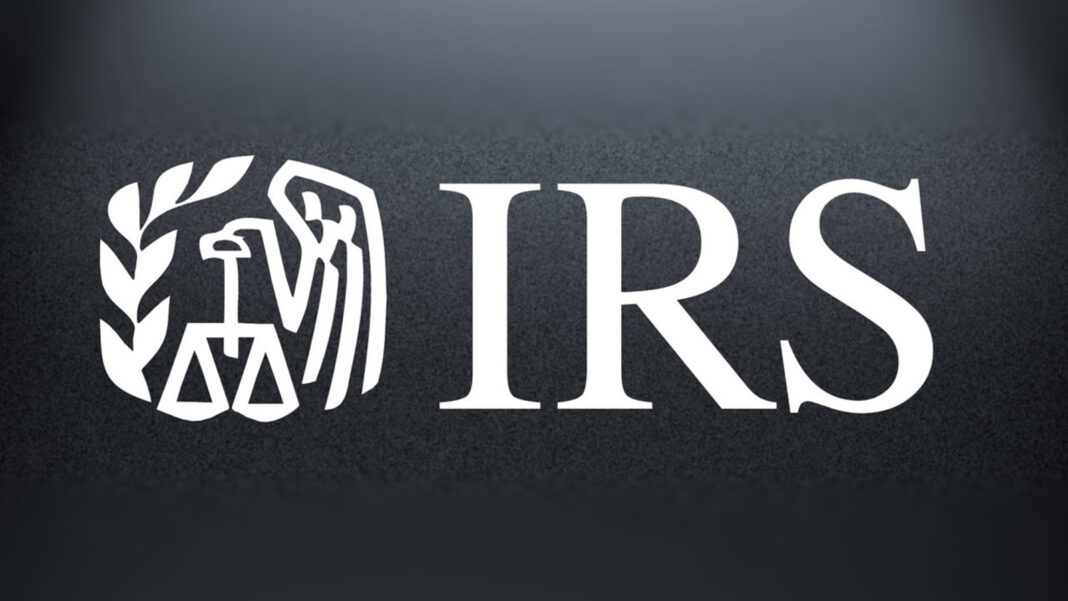Extension grants extra time to file, but does not extend the obligation to pay taxes due April 15
As the end of tax season draws near, the Internal Revenue Service reminds taxpayers there’s an easy way to get a tax filing extension through the Free File program.
A tax filing extension guarantees the taxpayer six additional months to file – with an extended deadline of Oct. 15, 2024. The IRS Free File program is one of the easiest ways to get an extension.
Although an extension grants extra time to file, it does not extend the obligation to pay taxes due April 15, 2024. To avoid penalties and late fees, taxpayers who owe should pay either their full tax bill or at least what they can afford to pay by the April 15 deadline. Taxpayers in Maine and Massachusetts have until April 17 to file and pay taxes due this year.
This is because these states observe the Patriots’ Day holiday April 15 this year and April 16 is the Emancipation Day holiday in the District of Columbia.
Free File makes filing an extension easier
An easy way to file an extension is through IRS Free File on IRS.gov. All individual filers can use the program software to request an extension on Form 4868, Application for Automatic Extension of Time to File U.S. Individual Income Tax Return, regardless of income. Taxpayers must estimate their tax liability and file by the deadline to receive the extension.
Free File also is one of the options available to help taxpayers file their taxes. Now in its 22nd filing season, taxpayers across the nation can access free software products provided by IRS Free File trusted partners by visiting IRS.gov. Through this public-private partnership, tax preparation and filing software providers make their online products available to eligible taxpayers. Eight private-sector Free File partners provide online guided tax software products this year to any taxpayer with an Adjusted Gross Income (AGI) of $79,000 or less in 2023. Free access to online products is only available by starting from IRS Free File.
Make a payment, get an extension
Other quick and efficient ways to get an extension are through the Electronic Federal Tax Payment System (EFTPS), paying with a credit, debit card or digital wallet and IRS Direct Pay. The IRS will automatically grant an extension when a taxpayer makes an electronic payment and indicates it’s for an extension. In that case, there is no need for that taxpayer to file Form 4868.
Extensions are automatic for some taxpayers
Some taxpayers will automatically get extra time to file their tax return, even if they do not request an extension:
- Members of the military on duty outside the United States and Puerto Rico receive an automatic two-month extension to file. This year they have until June 17 to file. However, tax payments are still due April 15 or interest will be charged. Details are available in Publication 3, Armed Forces’ Tax Guide.
- Those serving in combat zones have up to 180 days after they leave the combat zone to file returns and pay any taxes due.
- U.S. citizens and resident aliens who live and work outside of the United States and Puerto Rico get an automatic two-month extension to file their tax returns. This year they have until June 17 to file. However, tax payments are still due April 15 or interest will be charged.
- When the U.S. president declares a disaster in an area, the IRS can postpone certain taxpayer deadlines for residents and businesses in the affected area. Taxpayers in certain disaster areas are not required to submit an extension electronically or on paper. Information on the most recent tax relief for disaster situations is available on the IRS website.
Keep in mind
Taxpayers should be aware that payments are still due by the original April 15 deadline, unless in Maine or Massachusetts, regardless of whether they request an extension of time to file a tax return. Taxpayers should file an extension even if they cannot pay the full amount owed. By filing either a return on time or requesting an extension by the April 15 filing deadline, taxpayers can avoid the late-filing penalty.
Taxpayers reduce the overall amount of tax subject to interest and penalty charges by paying as much as they can by the due date. The interest rate for an individual’s unpaid taxes is currently 8%, compounded daily. The late-filing penalty is generally 5% per month and the late-payment penalty is normally 0.5% per month, both of which max out at 25%.
The IRS will work with taxpayers who cannot pay the full amount of tax they owe. Other options to pay, such as getting a loan or paying by credit card, may help resolve a tax debt. Most people can set up a payment plan on IRS.gov to pay off their balance over time.
Other stories you may want to check out:









